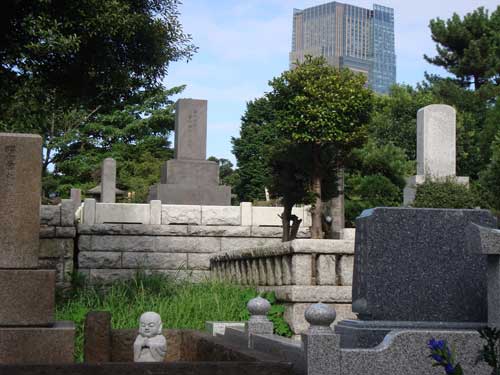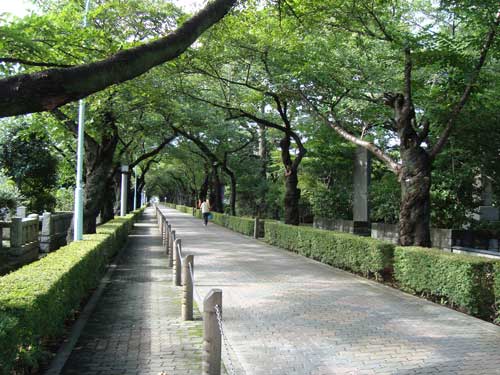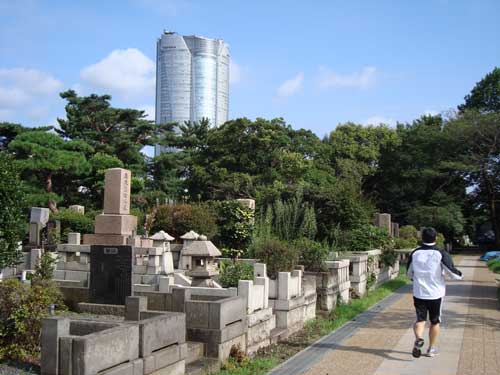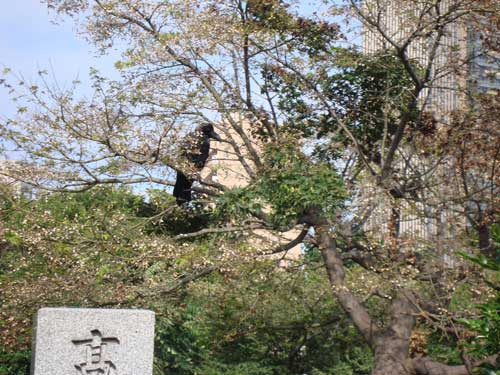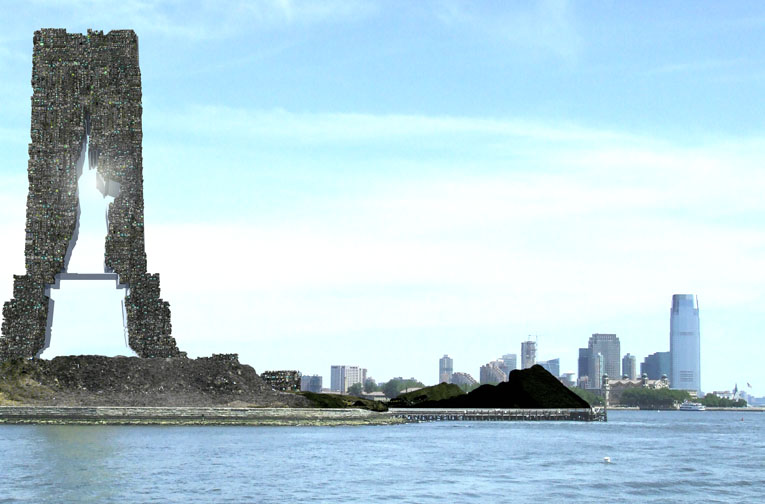
昨年末から、オランダの「Still City」という東京についての研究とアートのプロジェクトに参加しています。「Still City」の主題は成長後の都市です。中学生たちが電車のホームでDSで遊んでいる写真は、静かな都市のイメージの一つだと思います。東京は巨大なのに、公共の場所は平穏です。安全なので、包括的です。
Since late last year, I’ve been involved with a research and art project called Still City, based in Amsterdam. Over 25 Dutch urbanists, designers, and artists came to Tokyo to create a guide book exploring the idea of Tokyo as a Still City. The main meaning of “still city” is post-growth.
This image of two school kids lost in a daze of handheld gaming on a train station platform also make me think of a still city. Tokyo is a “still” mega-city that is remarkably quiet despite the crowds of people, and with few exceptions, disarmingly safe. Tokyo is also a place where public functions, from transit and streets to bathing and swimming, are clean, efficient, and open to everyone.
